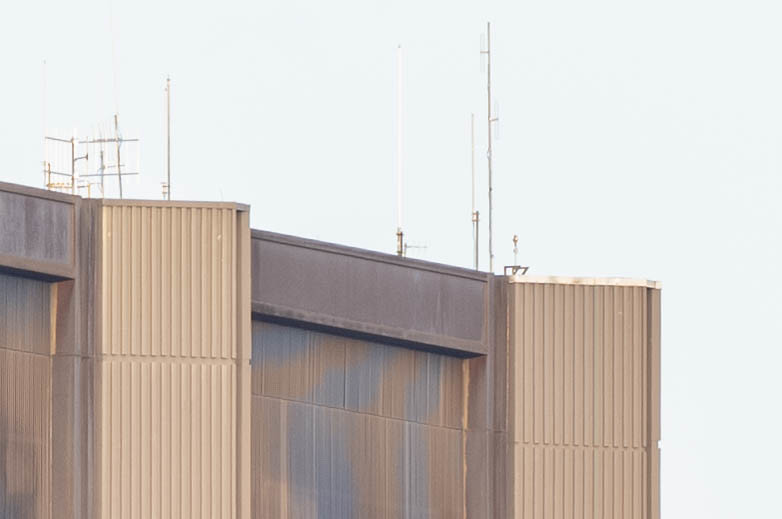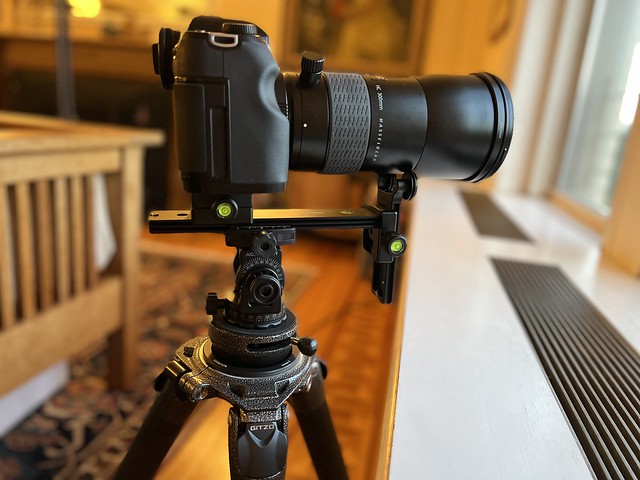Shashin
Well-known member
There are only really two topics in the world: archery and those other things we talk about when would rather be talking about archery...Oh yes, OT indeed!
Great to see you here. Join our insightful photographic forum today and start tapping into a huge wealth of photographic knowledge. Completing our simple registration process will allow you to gain access to exclusive content, add your own topics and posts, share your work and connect with other members through your own private inbox! And don’t forget to say hi!
There are only really two topics in the world: archery and those other things we talk about when would rather be talking about archery...Oh yes, OT indeed!
Oh yes. The real world may show me that, except under extraordinary usage, a Gitzo 2 or RRS 1 with an 8 oz. head may be fine.I have quite a tripod museum at home but I gotta say I am loving my new Gitzo Traveler GT2545T with the add ons of short spike and long spike feet in the Faroe Islands. I only brought one of the long spikes with me and created an anchor system for working on steep slopes in windy conditions. I am using it with my Hassselblad V system and it is rock solid but yet still light.







Agreed. But what the ball heads DO have is a level of stability that no other design can match. The FLM is primarily a ball head - there is no mistaking that. I admire their attempt to extend its functionality. It is actually useful. I think.The whole idea of a ball head is sacrificing precision for speed. If you need the type of precision you describe, you'd be much better off with a geared or a pan and tilt head, rather than a ball head. Trying to get a ball head to work with precision is essentially trying to fit a square peg into a round hole. I could be done, but it's not pretty.
Oh, completely agree. I continue to use the equipment I do because I like using it and I like the results. The only reason I've been doing living-room stuff is that my camera is doing the season in Wetzlar. But just this evening, a friend dropped off his S(007), and so tomorrow it's "drag all this junk to the photo I had in mind and see if any of it matters." I really have no idea what I'll find.I would just walk over to B&H, slap down your credit card, and ask them to give you something expensive that will do what you want.
I think you are going to have to try it with the camera and lens you want this for. I have found in practice, the rest of the world does not work like my living room or my wonderful ideas (I read something about quantum mechanics, where the universe is frothy and the physical properties can change in different places, like my living room). The weight and balance of the camera, unlevel ground, the environmental conditions all contribute to whether things work. I have always taken a Japanese approach to things: master the system you have, no matter if there might be something better. I have found I make very different choices, usually toward lighter more compact systems.
My biggest metric is if I stick with a particular setup. I have had all kinds of gear, but some just click better. I am getting better at identifying that, but I don't get it right all the time. When I got my Pentax 645D, I really had to work hard with the camera and start to learn to love a tripod. Once I hit a certain volume of images with it, it just started to work. It was really me adjusting to the system and learning how to make it work. Once I got there, I really enjoyed the camera and did some good work.
I really can't say what you are describing is a great solution or not. Or at least, it will work. But like I said, there is always B&H...

I *thought* I tried the leaf shutter when I first got the HC 300, and thought it didn't work with the S. Now, of course, it works just fine and the improvement is large. Thank you!On the Leica S, you should be able to activate the leaf shutter of your HC lens by switching from "FPS" position to "CS" position. Have you tried, and if yes haven't you noticed an improvement ?
I should add that I haven't had too many problems with the HC300 on H camera so far, whatever speed I use (on D4 Arca Swiss head + 3 series or 5 series Gitzo tripod most often).

Dear Matt,
Bwahahahahahahaha...
John
View attachment 188553
P.S. Seriously, though, I think that the long lens rail does help add stability and vibration dampening, especially if using a mechanical shutter of any type. Note that for this little demonstration I just happened to use my mostly retired 3-series Al Gitzo as a base.
Actually my post was aimed more at encouraging the use of a long lens rail, not acting (so much) as Dante's little helper...
While GAS knows no limits, I've been pretty happy with the HC 300 and its mysteriously now functional leaf shutter. I've seen your spectacular photos with the setup above. Fortunately, I've not encountered a direct comparison between the HC and Superachromat. No doubt I will do it myself and end up owning both systems. It's the Dante way.
Matt
You are correct! I tested with and without a support bar, and with FP shutter and Leaf Shutter. The combination of support bar and leaf shutter makes for astonishingly annoying MoiréActually my post was aimed more at encouraging the use of a long lens rail, not acting (so much) as Dante's little helper...






